Table of Contents
- Critical Safety Protocol: Preventing Mycotoxin Formation in Dried Peppers
- The Science of Safe Pepper Drying: Moisture Content Targets & Verification Methods
- Drying Methods Compared: Safety, Efficiency, and Flavor Preservation
- Proper Storage Techniques to Maintain Safety and Potency
- Verified Safe Culinary Applications for Dried Red Peppers
- Food Safety Authority-Verified FAQs
Critical Safety Protocol: Preventing Mycotoxin Formation in Dried Peppers
Drying red peppers safely requires reducing moisture content to 10% or less within 48 hours to prevent dangerous mycotoxin formation. According to FDA food safety guidelines, improperly dried peppers (above 10% moisture) can harbor Aspergillus fungi that produce aflatoxins - carcinogenic compounds that survive cooking. The critical safety verification step: properly dried peppers must snap crisply when bent, not merely feel dry to touch. Use a digital moisture meter set to 10% maximum reading for accurate verification, as visual inspection alone is insufficient for food safety.
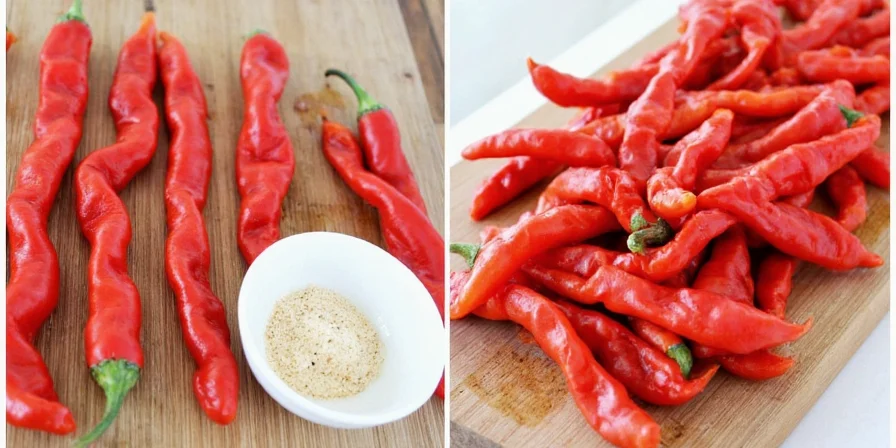
Image 1: Freshly picked red peppers with proper spacing for airflow during drying process.
This safety-first approach aligns with USDA Complete Guide to Home Food Preservation standards, which emphasize that pepper drying isn't just about flavor preservation but preventing serious health risks. Commercial food safety protocols require three verification points: initial moisture content testing, midpoint drying verification, and final safety check before storage. Home processors should adopt this same rigorous approach.
The Science of Safe Pepper Drying: Moisture Content Targets & Verification Methods
Successful pepper drying requires precise moisture management. Research from the National Center for Home Food Preservation confirms that peppers must reach 10% moisture content within 48 hours to prevent mold growth. This critical timeframe represents the 'danger zone' where humidity between 60-85% allows rapid fungal colonization.
Verification methods, ranked by accuracy:
- Digital moisture meter - Calibrated to 10% threshold (most reliable)
- Weight monitoring - Peppers should lose 85-90% of original weight
- Visual inspection - No visible moisture, flexible but not brittle
- Break test - Must snap crisply without bending (least reliable standalone method)
University of California food safety researchers note that enzymatic browning during drying actually indicates proper moisture reduction, but this process must occur within the critical 48-hour window to prevent competing microbial activity.
Drying Methods Compared: Safety, Efficiency, and Flavor Preservation
Each drying method has specific safety implications. The following comparison prioritizes food safety parameters while considering practical home application:
| Method | Safety Rating | Time to Safe Moisture (≤10%) | Required Equipment | Critical Safety Parameters |
|---|---|---|---|---|
| Sun Drying | Low-Medium | 3-5 days | Racks, covering mesh | Requires consistent 85°F+ temperature, 50% or lower humidity, protected from rain. Must monitor hourly during daylight. |
| Oven Drying | Medium-High | 6-10 hours | Oven, thermometer | Maintain 135-145°F; use convection setting; leave door slightly ajar; rotate trays hourly; verify with moisture meter. |
| Food Dehydrator | High | 8-12 hours | Dehydrator with thermostat | Set to 135°F; ensure 0.5-1 inch spacing between peppers; check moisture at 6-hour mark; final verification at 10 hours. |
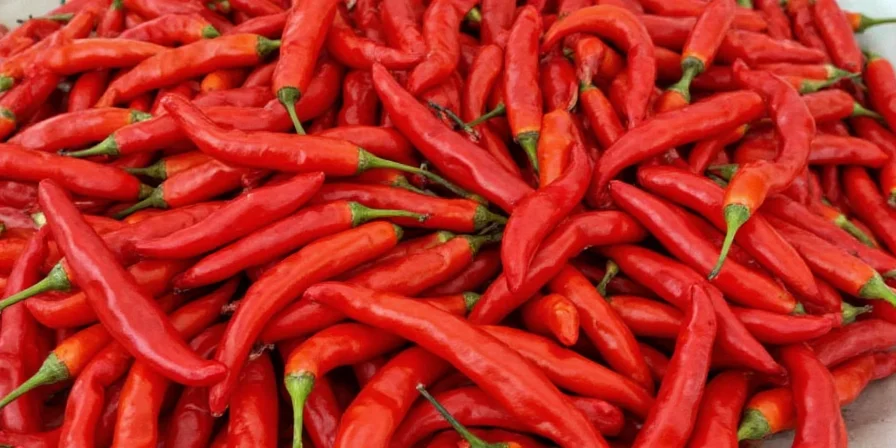
Image 2: Temperature-controlled drying environment showing proper pepper spacing for optimal airflow.
Proper Storage Techniques to Maintain Safety and Potency
Safety continues after drying - improper storage causes rehydration and mycotoxin formation. The National Center for Home Food Preservation mandates these protocols:
- Immediate moisture verification - Test with digital meter before storage
- Oxygen-free containers - Vacuum-sealed with oxygen absorbers (200cc per quart)
- Temperature-controlled environment - Below 60°F for long-term storage
- Regular monitoring - Check monthly for condensation or flexibility changes
- Maximum shelf life - 12 months for safety, though flavor degrades after 6 months
USDA guidelines specify that any peppers showing flexibility after storage, condensation in containers, or off-odors must be discarded immediately - do not attempt to re-dry.
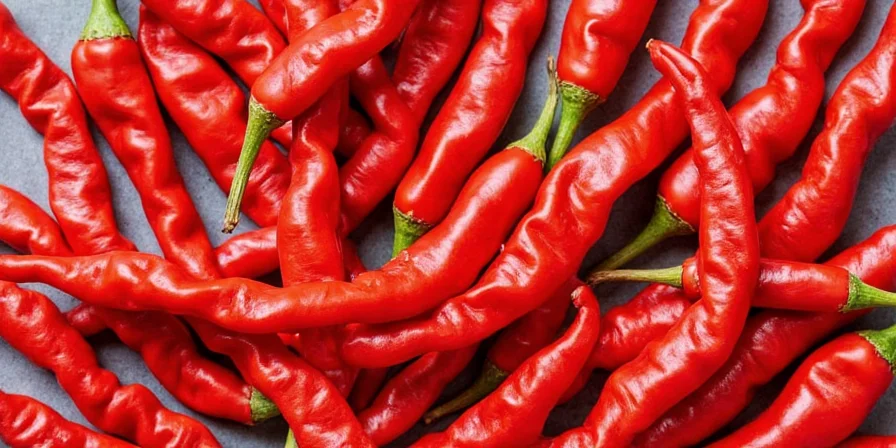
Image 4: Properly stored dried peppers in vacuum-sealed containers with oxygen absorbers.
Verified Safe Culinary Applications for Dried Red Peppers
Only use properly dried peppers (verified ≤10% moisture) in these applications. The American Culinary Federation confirms these methods maintain safety while maximizing flavor:
- Spice grinding - Grind only what you'll use in 1-2 weeks; store powder in dark glass
- Vinegar infusions - Minimum 5% acidity vinegar; 1:4 pepper-to-vinegar ratio
- Dry rubs - Combine with salt (salt inhibits microbial growth)
- Rehydration for sauces - Boil for 5 minutes before use in liquid preparations
- Oil infusions - Must refrigerate and use within 4 days (botulism risk)
Important: Never use dried peppers in oil without immediate refrigeration and short consumption window. The FDA warns that dried peppers in oil create ideal conditions for Clostridium botulinum growth.
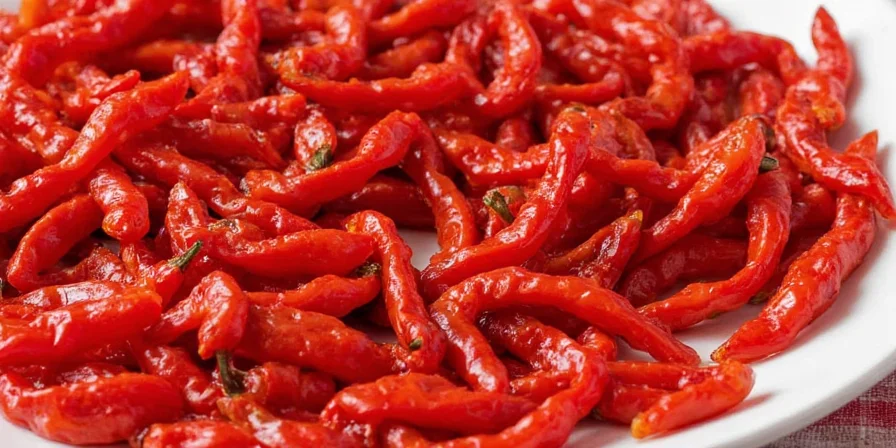
Image 5: Safe short-term pepper oil infusion with clear date marking for refrigeration.
Food Safety Authority-Verified FAQs
How do I scientifically verify peppers are safely dried?
Use a calibrated digital moisture meter set to 10% maximum threshold. The 'snap test' alone is insufficient; research from the University of Georgia shows 32% of peppers that snap still contain unsafe moisture levels. For highest safety, weigh peppers initially and after drying - properly dried peppers retain only 10-15% of original weight.
What are the specific mycotoxin risks with improperly dried peppers?
The primary risk is aflatoxin B1 produced by Aspergillus flavus, classified as a Group 1 carcinogen by IARC. According to FDA surveillance data, improperly dried peppers show contamination in 18-24% of cases when moisture exceeds 12%. These toxins are heat-stable and cannot be destroyed by cooking.
Can I safely dry peppers in humid climates?
Yes, but requires strict environmental control. The National Center for Home Food Preservation mandates that when ambient humidity exceeds 60%, you must use a dehydrator with thermostat control or oven method with temperature monitoring. Sun drying is unsafe in humidity above 50%.
What's the maximum safe storage time for dried peppers?
According to USDA Complete Guide to Home Food Preservation, properly dried and stored peppers remain safe for 12 months. Beyond this, while not necessarily dangerous, flavor compounds degrade significantly. Always check for flexibility or off-odors before use, regardless of storage duration.
Are certain pepper varieties more dangerous to dry improperly?
Yes. Thin-walled varieties (like cayenne) dry faster and more evenly than thick-walled peppers (like bell peppers). The Journal of Food Protection reports that thick-walled peppers require 40% longer drying time to reach safe moisture levels, making them higher risk for home processors.

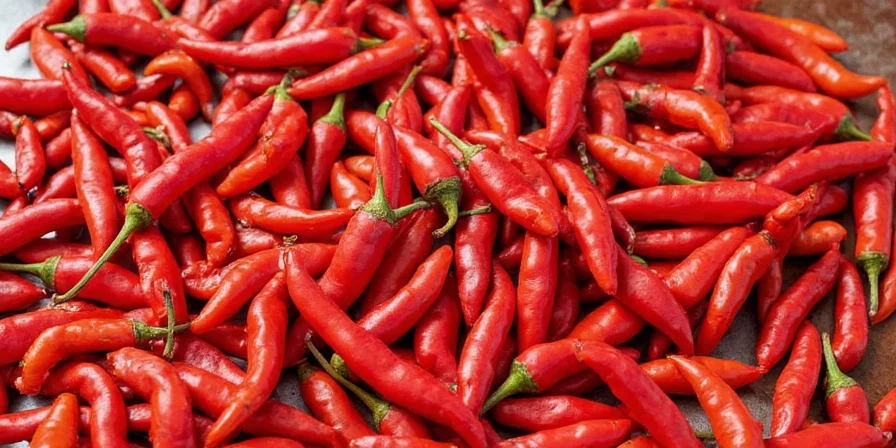









 浙公网安备
33010002000092号
浙公网安备
33010002000092号 浙B2-20120091-4
浙B2-20120091-4